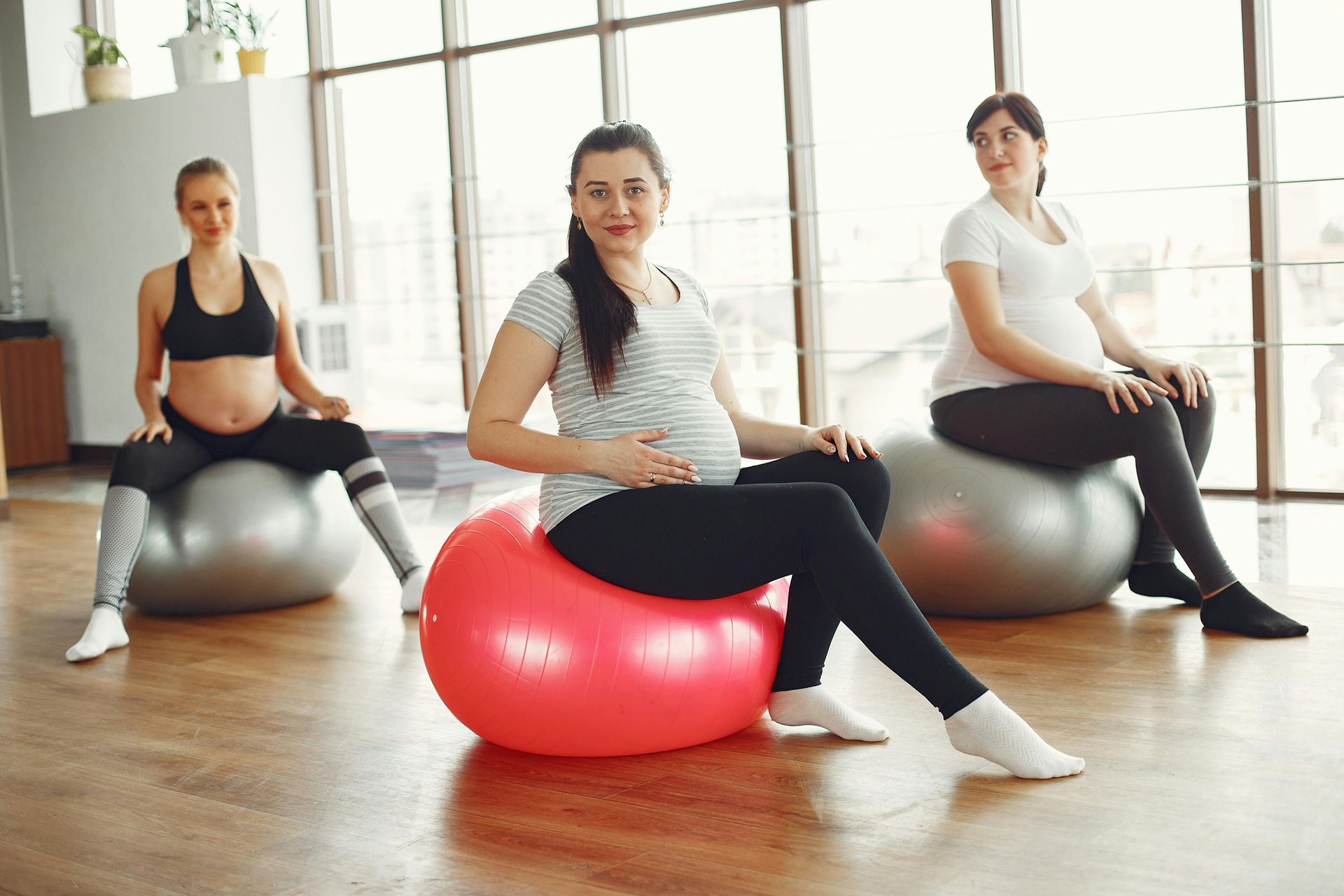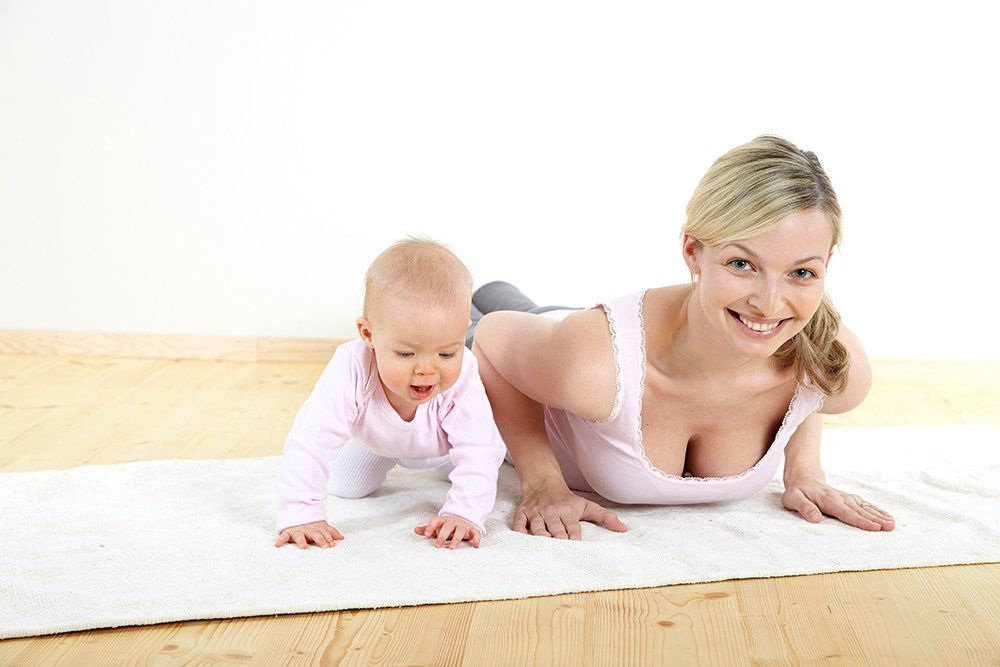Preparing Your Body for Labor: Prenatal Workouts to Boost Strength and Endurance
Labor is often described as a marathon, requiring both mental and physical stamina. Preparing your body for this intense experience through regular exercise can help increase your strength, endurance, and resilience, making labor and delivery smoother and more manageable. At BumpWellness, we focus on safe, targeted prenatal workouts that help you feel strong and prepared for the big day.
Benefits of Exercise for Labor Preparation
- Increases Strength and Stamina: Labor and delivery require endurance and muscle strength, particularly in the core, back, and lower body. Regular exercise builds the strength needed to support active labor, reducing fatigue and improving your ability to push effectively.
- Improves Flexibility and Mobility: Stretching and flexibility exercises help keep your muscles relaxed and your joints mobile, making it easier to find comfortable positions during labor. This flexibility can also help reduce muscle tension and pain.
- Enhances Breathing and Relaxation Techniques: Cardiovascular activities, such as walking or swimming, help improve lung capacity and breathing efficiency, which is vital for managing contractions and staying calm during labor.
- Boosts Mental Resilience: Exercise is a proven way to manage stress and anxiety, helping you stay mentally prepared for labor. Activities like yoga and meditation encourage relaxation and positive thinking, both crucial for labor.
Recommended Prenatal Workouts for Labor Preparation
- Squats: Squats help strengthen the muscles in your legs, hips, and pelvic floor, all of which play an essential role in supporting your body during labor. They also promote flexibility in the pelvic area, which can aid in the birthing process.
- How to Do Them: Stand with your feet shoulder-width apart, toes pointing slightly outward. Lower yourself as if sitting back into a chair, keeping your chest lifted and knees over your ankles. Hold for a few seconds and return to standing. Repeat 10-15 times.
- Pelvic Tilts: Pelvic tilts can help relieve back pain, strengthen the lower back and abdominal muscles, and prepare your body for labor by promoting optimal baby positioning.
- How to Do Them: Lie on your back with your knees bent and feet flat on the floor (or in a tabletop position). Tighten your abdominal muscles and tilt your pelvis upward, flattening your lower back against the floor. Hold for a few seconds, then release. Repeat 10-15 times.
- Prenatal Yoga: Yoga helps improve flexibility, balance, and muscle tone while promoting relaxation and deep breathing. Poses like the "Child’s Pose" and "Cat-Cow" are especially beneficial for easing tension in the back and preparing the body for labor.
- How to Do Them: Incorporate a prenatal yoga routine 2-3 times per week, focusing on gentle stretching, breath work, and poses that open the hips and pelvis.
- Walking: Walking is a low-impact cardiovascular exercise that keeps you active, boosts endurance, and encourages the baby to move into the correct position for birth.
- How to Do It: Aim for 30 minutes of walking at a moderate pace most days of the week. Wear supportive shoes and maintain good posture to avoid discomfort.
- Kegels: Strengthening the pelvic floor muscles with Kegels can help you maintain control during labor, support your growing uterus, and reduce the risk of tearing during delivery.
- How to Do Them: Tighten the muscles you use to stop the flow of urine, hold for 3-5 seconds, and then release. Repeat 10-15 times, several times a day.
- Breathing Exercises: Deep breathing exercises help you stay calm, focused, and relaxed during labor, improving oxygen flow to you and your baby.
- How to Do Them: Practice diaphragmatic breathing by inhaling deeply through your nose, expanding your belly, and exhaling slowly through your mouth. Repeat several times a day, especially during your workout sessions.
Tips for Safe Prenatal Exercise
- Consult Your Healthcare Provider: Before starting any new exercise routine, get clearance from your doctor or midwife to ensure the activities are safe for you and your baby.
- Stay Hydrated and Avoid Overheating: Drink plenty of water and exercise in a cool, ventilated environment to prevent overheating.
- Modify as Needed: As your pregnancy progresses, modify exercises to accommodate your growing belly and any discomfort.
- Listen to Your Body: If you feel any pain, dizziness, or shortness of breath, stop exercising immediately and consult your healthcare provider.
How BumpWellness Can Help Prepare You for Labor
At BumpWellness, our certified trainers are experts in prenatal fitness, specializing in exercises that build the strength, endurance, and mental focus needed for a positive labor experience. We create personalized workout plans that match your fitness level and goals, ensuring you feel prepared and confident as you approach your due date.
Contact Us Today!
Schedule a free consultation to learn how our tailored prenatal fitness programs can help you prepare your body for a healthy, active labor.










